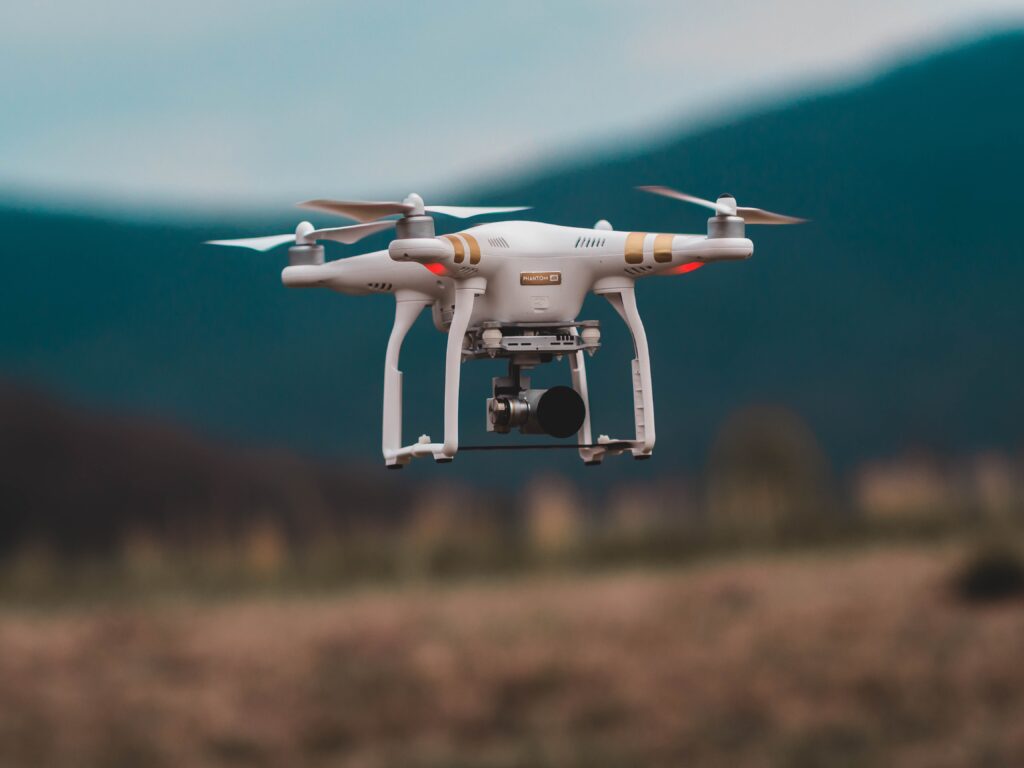Sky Compliance: Staying Informed on Canada’s Drone Laws In recent years, the rapid advancements in drone technology have opened up exciting possibilities for enthusiasts and professionals alike. Drones are now widely used for various purposes, including photography, surveying, agriculture, and recreational flying. However, with great technological progress comes the need for regulations to ensure the safe and responsible use of these unmanned aerial vehicles. In Canada, drone operators must be well-versed in the country’s drone laws to navigate the skies legally and responsibly.
Canada’s Drone Laws:
Understanding the Basics
Canada has established a set of regulations to govern the use of drones under the Canadian Aviation Regulations (CARs). These regulations are designed to balance the innovative potential of drones with public safety and privacy concerns. Whether you are a recreational flyer or a commercial operator, compliance with these rules is crucial.
Different Categories, Different Rules
Drone regulations in Canada classify unmanned aerial vehicles into three main categories: basic operations, advanced operations, and complex operations. Each category has its own set of rules and requirements, tailored to the level of risk associated with the operation.
- Basic Operations:
- Drones weighing between 250 grams and 25 kilograms fall into this category.
- Operators must register their drones and pass an online exam to obtain a basic operator certificate.
- Advanced Operations:
- Applies to drones weighing between 250 grams and 25 kilograms engaged in higher-risk activities.
- Operators need to obtain an advanced operator certificate and may require additional permissions for specific activities.
- Complex Operations:
- Pertains to drones involved in operations with a higher level of risk, often requiring special permissions from Transport Canada.
Key Regulations to Keep in Mind
- Registration:
- All drone operators must register their drones, regardless of the category, and mark them with the registration number.
- Age and Certification:
- For basic operations, operators must be at least 14 years old, and for advanced operations, the minimum age is 16.
- Basic operators need to pass an online exam, while advanced operators must take an in-person exam.
- Flight Rules:
- Drones must be flown below 122 meters (400 feet) above ground level.
- Maintain a minimum distance of 30 meters from bystanders and avoid flying near airports or other restricted areas.
- Privacy Concerns:
- Respect privacy laws and obtain consent before capturing images or videos of individuals or private property.
Staying Informed and Updated
Given the dynamic nature of technology and regulatory landscapes, drone operators must stay informed about any changes or updates to the laws. Transport Canada regularly updates guidelines, and operators should regularly check the official website for the latest information.
Additionally, various online communities, forums, and industry publications provide insights into regulatory changes, best practices, and shared experiences of drone enthusiasts and professionals. Joining these communities can be a valuable resource for staying abreast of the latest developments and gaining insights into how others navigate the regulatory landscape.
Consequences of Non-Compliance
Failure to comply with drone regulations in Canada can lead to serious consequences, including fines and legal repercussions. The government takes the safety and responsible use of drones seriously to protect both individuals on the ground and the integrity of Canada’s airspace.
Conclusion
As drones become increasingly integrated into various industries and recreational activities, staying informed about and adhering to Canada’s drone laws is imperative. Responsible drone operation not only ensures the safety of the public but also preserves the freedom to enjoy the innovative and exciting possibilities that drone technology offers. By understanding and following the regulations, drone enthusiasts and professionals alike can contribute to the continued growth and positive integration of drones into Canadian airspace.

